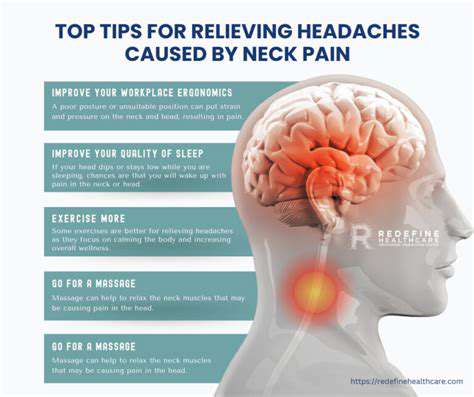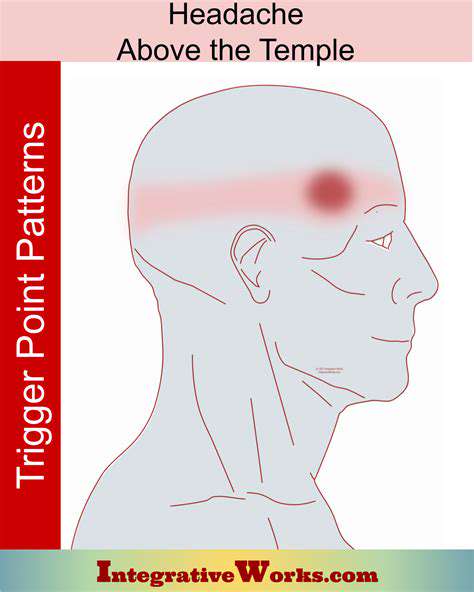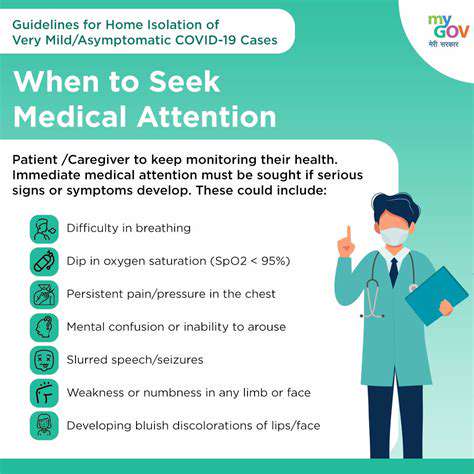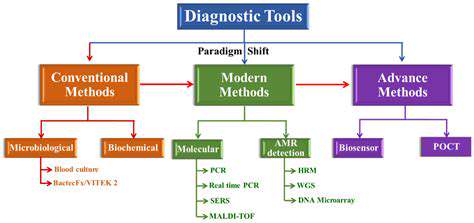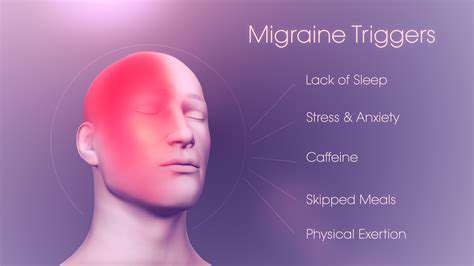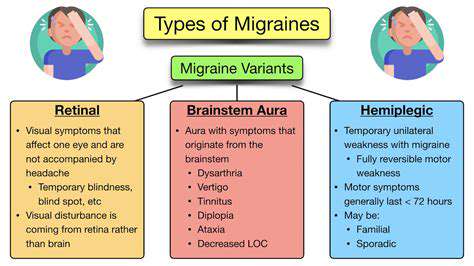The Connection Between Neck Strain and Tension Headaches
Neck strain rarely has a single cause. More often, it results from a combination of factors that accumulate over time. Poor posture during daily activities, repetitive motions at work, and even stress-induced muscle tension can all contribute. One of the most surprising causes is how we hold our phones - looking down at screens for hours puts tremendous strain on neck muscles. Even sleeping in an awkward position can trigger problems that last for days.
The Impact of Posture on Neck Strain
Modern life has created what some call text neck - the forward head posture that develops from constantly looking down at devices. This position forces the neck muscles to work overtime, supporting the equivalent of 60 pounds when the head tilts forward just 60 degrees. Conscious posture correction throughout the day can prevent much of this strain. Simple changes like raising screens to eye level and taking regular stretch breaks make a significant difference.
The Significance of Repetitive Movements
Many occupations require repetitive neck movements that can lead to chronic strain. Dentists, hairstylists, and computer programmers often develop neck issues from maintaining awkward positions for extended periods. The body wasn't designed for these sustained, unnatural positions, which is why micro-breaks and varied movements are so important for prevention.
Whiplash Injuries: A Sudden Forceful Impact
Unlike gradual strain, whiplash occurs in an instant but can cause lasting damage. The violent back-and-forth motion stretches muscles and ligaments beyond their normal range. Even low-speed collisions can generate enough force to injure the neck's delicate structures. Proper treatment in the immediate aftermath is crucial for preventing chronic problems.
Treatment and Prevention Strategies for Neck Strain
Effective treatment requires addressing both symptoms and underlying causes. While pain relievers and muscle relaxants may provide temporary relief, long-term solutions involve posture correction, ergonomic adjustments, and targeted exercises. Perhaps most importantly, developing body awareness helps people recognize and correct strain-inducing habits before they cause pain. Prevention truly is the best medicine when it comes to neck health.
Identifying the Symptoms: Recognizing Neck Strain and Tension Headaches
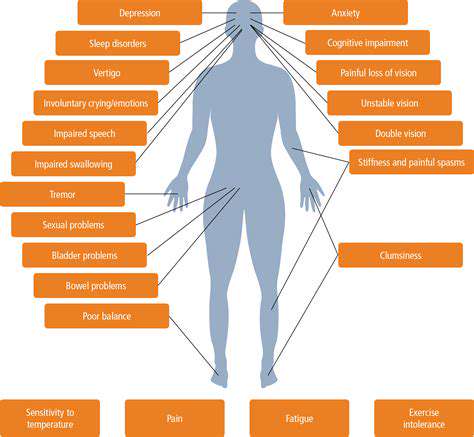
Recognizing the Early Signs
Neck strain often announces itself subtly before becoming a major problem. Early warning signs include stiffness when turning the head, mild discomfort after prolonged sitting, or tension that builds throughout the day. These early symptoms are the body's way of asking for attention, and responding promptly can prevent more serious issues. Many people dismiss these signs until the pain becomes severe, missing valuable opportunities for early intervention.
Physical Manifestations
The physical symptoms of neck strain extend beyond simple pain. Many sufferers experience referred pain in the shoulders, arms, or even hands. Headaches often originate from neck tension, typically starting at the base of the skull and radiating forward. Some people develop visual disturbances or dizziness when neck problems affect blood flow or nerve function. These varied symptoms demonstrate how interconnected our bodily systems truly are.
Emotional and Mental Indications
Chronic neck pain affects more than just the body. The constant discomfort can lead to irritability, difficulty concentrating, and even depression. The stress-pain cycle is particularly vicious - pain causes stress, which increases muscle tension, leading to more pain. Recognizing these emotional components is essential for comprehensive treatment.
Lifestyle Factors
Our daily habits significantly influence neck health. Factors like pillow choice, workstation setup, and even how we carry bags can either support or strain the neck. Many people are surprised to learn that chewing gum excessively or clenching teeth can contribute to neck tension. Small, conscious adjustments to these everyday activities often yield dramatic improvements.
Environmental Influences
Environmental factors like temperature and humidity can affect neck muscles. Cold drafts may cause muscles to tense up, while dry air can lead to dehydration that exacerbates stiffness. Even lighting conditions matter - squinting at dim screens forces neck muscles to work harder to maintain head position.
Diagnostic Tools and Techniques
Modern medicine offers various ways to assess neck problems. Beyond physical examination, techniques like range-of-motion tests and imaging studies help pinpoint issues. Some practitioners use surface electromyography to measure muscle activity, revealing imbalances that aren't apparent to the naked eye. These tools help create targeted treatment plans.
Seeking Professional Help
While mild neck strain often resolves with self-care, persistent or severe symptoms warrant professional attention. Physical therapists, chiropractors, and massage therapists each offer valuable perspectives. The key is finding a practitioner who takes a holistic approach rather than just treating symptoms. Early professional intervention can prevent acute issues from becoming chronic problems.
The Role of Posture and Lifestyle in Neck Strain
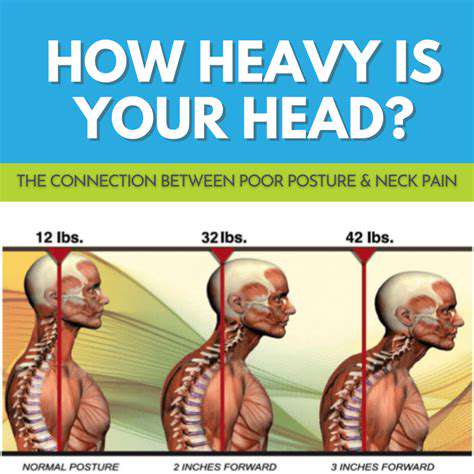
Postural Alignment and its Impact
Proper postural alignment does more than prevent neck pain - it optimizes the entire body's function. When the head balances directly over the shoulders, muscles work efficiently rather than fighting gravity. Many chronic health issues actually stem from postural problems that developed over years. Retraining posture requires patience but yields benefits far beyond neck comfort.
The Influence of Sedentary Habits
Modern sedentary lifestyles have created what some experts call sitting disease. Hours spent slumped in chairs weaken core muscles that should support proper posture. The average office worker spends over 1,700 hours per year sitting - that's a lot of time for poor posture to take its toll. Incorporating movement throughout the day is essential for counteracting these effects.
The Importance of Exercise and Movement
Targeted exercises can work wonders for neck health. Simple routines that strengthen the deep neck flexors and upper back muscles create a natural corset of support. Yoga and tai chi are particularly beneficial as they combine strength, flexibility, and mindfulness. The best exercise program is one you'll actually do consistently, so finding enjoyable activities is key.
The Effects of Stress on Posture
Stress manifests physically in fascinating ways. The fight or flight response causes muscles to contract, particularly in the neck and shoulders. Chronic stress leads to chronically tight muscles. This explains why people under constant stress often develop what's called turtle posture - shoulders hunched forward as if bracing for impact. Stress management is therefore crucial for postural health.
Dietary Considerations for Posture
Nutrition plays an underappreciated role in musculoskeletal health. Anti-inflammatory foods can reduce muscle pain, while adequate protein supports tissue repair. Hydration is particularly crucial - dehydrated muscles are more prone to cramping and injury. A balanced diet provides the building blocks for strong, resilient muscles.
The Role of Sleep in Posture
Sleep quality dramatically affects neck health. Poor sleeping positions can undo all the postural corrections made during waking hours. The ideal sleep position maintains spinal alignment while allowing muscles to relax completely. Pillow choice matters tremendously - too high or too flat can both cause problems.
The Influence of Footwear on Posture
It may seem unrelated, but footwear choices affect the entire kinetic chain. High heels tilt the pelvis forward, forcing the spine and neck to compensate. Even comfortable shoes with poor arch support can create postural imbalances that travel up to the neck. Proper footwear is an often-overlooked aspect of postural health.
Anxiety withdrawal can significantly affect an individual's emotional state, often creating physical tension that manifests in the neck and shoulders. This mind-body connection means that emotional stress frequently translates to physical discomfort. Understanding these relationships helps in developing comprehensive treatment approaches.
Treating Neck Strain and Tension Headaches: A Multifaceted Approach
Identifying the Culprits
Effective treatment begins with thorough assessment. Many patients are surprised to learn how seemingly unrelated factors contribute to their neck issues. For example, weak abdominal muscles can force neck muscles to overcompensate. Comprehensive evaluation looks beyond the obvious to identify all contributing factors. This holistic approach leads to more successful, lasting solutions.
Effective Therapeutic Interventions
Modern treatment options go far beyond pain medication. Myofascial release techniques address connective tissue restrictions, while proprioceptive training improves body awareness. Some of the most effective treatments are surprisingly low-tech, like properly applied heat therapy or guided stretching routines. The best treatment plans combine multiple modalities tailored to individual needs.
Long-Term Management Strategies
Sustained relief requires changing the habits that caused the problem initially. This might involve ergonomic workstation setups, sleep position adjustments, or stress management techniques. The most successful patients view treatment as an educational process rather than a quick fix. They learn to recognize early warning signs and make adjustments before pain becomes severe.
